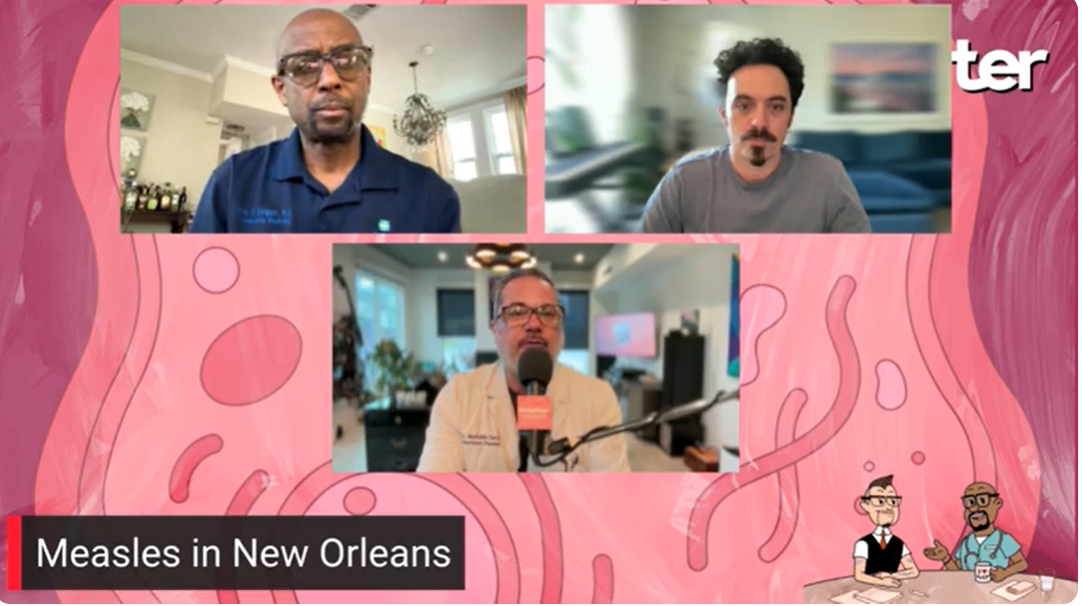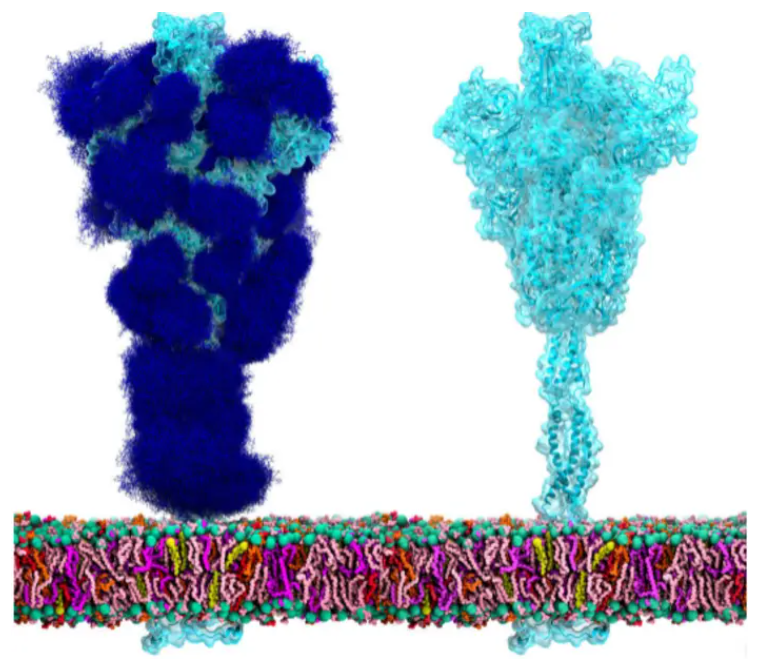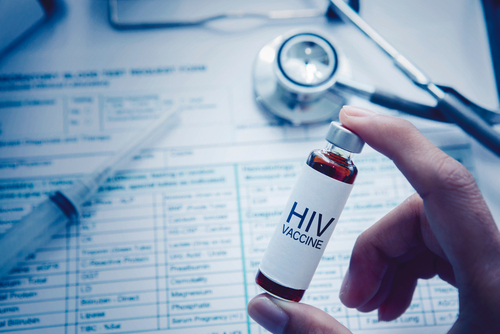The Significant Danger Measles Pose for Unvaccinated Children
By MarkAlain Déry, DO - Last Updated: April 24, 2025In this timely episode of NoiseFilter, infectious disease expert MarkAlain Dery, DO, and co-host/producer David Roston discuss how measles attacks unvaccinated children. Dr. Dery breaks down the pathogenesis of this disease, how it presents, why it is so misunderstood, and much more.
Transcript:
MarkAlain Dery: Hello, welcome to NoiseFilter show. My name is MarkAlain Dery. I’m an infectious disease physician. Today, with us is David Roston, who is our co-host and excellent producer. Thank you for joining us today, David.
Today, we’re going to talk about how measles attacks an unvaccinated child. This comes from a New York Times article that was published on April 11, 2025. Please see this article because it has great animations. We’re going to show you some of that right now.
Unlike viruses that require person-to-person contact, measles lingers in the air for up to 2 hours after the person carrying it has left the space. Think about it, Dave. You can walk into an elevator or a grocery store or a doctor’s office, or what have you, and for 2 hours after somebody with measles has been there, you can actually contract the virus.
This is why it has a reproductive rate of 18. That means one person who gets measles, theoretically, can transmit it to 18 other people. This is really, really, really problematic, and this is why it’s such an infectious virus. Once it gets–
David Roston: Just to cut you off really quick, I don’t think people understand that when they think measles.
MarkAlain Dery: Yes.
David Roston: Plus it’s such, well, it’s making a resurgence, but it is such an antiquated disease, whereas during the COVID-19 pandemic, we were so made aware of updates and transmission and understanding prevention methods. This is an infectious disease that’s been around for so long, but I think there’s just such little understanding about it, and that’s why it’s really important to talk about it right now. I just want to bring that up.
MarkAlain Dery: The vaccine has been so effective that people haven’t seen it.
David Roston: Right.
MarkAlain Dery: Right? When 95%, was it 93% to 97%? Depends on who you ask. We need that to get the community immunity, right? The so-called herd immunity. But when we had that community immunity, at one point in 1990 or maybe 2000, we officially had eradicated measles from the US. I think people just forget about that.
Moving on, once it gets inside the body, as you can see in this animation here, the virus takes root by lodging into the nasopharynx or the nasopharyngeal cells in the upper part of the throat, and it starts to spread into the lungs. And this is how you ultimately develop measles pneumonia.
But this is also a great place because people can spread it. Right there, as you can see in this animation, the virus lodges itself in those nasopharynx cells. Once they get in, it’s not a one-way route, right? It goes both ways. So it could get in, and they could also cough or sneeze it out as well.
David Roston: Mm-hmm.
MarkAlain Dery: Once it gets in, the virus takes over by multiplying inside the cells and building the so-called army for attack. I would have you look at the animation. They have a great animation here where they can show you the virus actually approaching a cell’s receptor. The receptor grabs the virus, and it brings it in by a process, I think, called endocytosis. I haven’t thought about that in a minute, but I think that’s the process that it’s called.
But look at the animation, because you can see how the cell envelops the virus. If this were the virus, the cell literally opens up and it allows itself, and that’s how the virus gets into the cell.
But that’s not the end of the story, because once the virus gets inside the cell, it actually gets into our, ultimately our RNA. Well, it’s an RNA virus. It mutates to a DNA. It goes through some transformation, but it ultimately gets into the core of the virus, which is the nucleus, embeds itself into our DNA. And then it takes over that DNA process, and it starts to spit out copies of itself, and that’s how the infection spreads throughout the body.
David Roston: Can you talk a little bit about what symptoms are?
MarkAlain Dery: The symptoms. A couple weeks after a vaccinated child inhales these droplets, that child will start to feel sick, [will have] a fever, flu-like symptoms. They get whitish spots inside the cheeks called Koplik spots. But they typically refer to it as the three Cs, which is cough, coryza, which is kind of stuffy nose, and conjunctivitis, which is red eyes. Those are the so-called three Cs as well.
You’ll get malaise; you get fever; you get reddish irritated eyes, cough, stuffy nose; and then you get the white spots, which are these so-called Koplik spots.
But the breakout of the red rash, starting on the face and spreading down the trunk and onto the extremities, will happen, like I said, about a week after exposure. And that rash itself can last up to a week, and it fades along the same route that it has appeared. The cough itself can last up to 2 weeks after illness, and the fever can last beyond the third or fourth day of the rash. That suggests that a potential complication could be developing.
And what I would like to do now is talk about what those complications can be because there are several complications that are necessary for us to recognize.
One is infection in the lungs, which can develop into pneumonia. And as you can see in this animation, fluid develops into the air sacs. The air sacs need to be completely open. It’s like a balloon, and you want that to have oxygen because that’s where the transmission of oxygen into the bloodstream happens. Once you get fluid filled in these air sacs, it destroys or collapses those air sacs once the fluid dries out, and that process by which, breathing essentially, we refer to it as respiration…
David Roston: This is all in the lungs, right?
MarkAlain Dery: This is all in the lungs. But what’s worse is that it can get into the brain. That is what’s serious, because that inflammation of brain tissue can result in permanent damage, can result in blindness; it can result in deafness as well.
And for people who are already immunocompromised, they can create or they can have a condition, which is called measles inclusion body encephalitis. That occurs when a patient or child cannot clear the infection because of their immunocompromised status. It can trigger mental status changes, seizures, and lead to a coma and death.
But another thing that I think is important for us to recognize is something called subacute sclerosing panencephalitis. You have a lot of these folks who are like, “My kid’s going to be fine. This is a little rash; this is a little flu. I don’t want them to get the vaccine. I’m happy with them getting measles. It’s very benign.” But it’s not. I just talked to you about how you can get encephalitis or you can have blindness or deafness.
But subacute sclerosing panencephalitis is the thing that I worry about because it’s a degenerative condition that can occur up to a decade after the measles infection. A decade. So children often will start to show signs of behavior change, academic decline. This is followed by seizures, motor issues like poor coordination and balance, and eventually death. The mortality rate approaches 95%.
For example, you could just be living your normal life, and then all of a sudden, your child starts tripping and falling and slumping over to one side of the chair, struggling to lift their chin off their chest during dinner. Then all of a sudden, a month or two later, your child passes away. You would think that they survived the measles, but what they did was they ultimately survived the acute phase. But the virus never really goes away and can come back later and cause significant damage.
David Roston: Yes. And what you were saying… First of all, that’s horrifying. And second of all…
MarkAlain Dery: It’s horrifying. Yes.
David Roston: What you were saying before about, oh, parents might see some of these symptoms as benign rashes and coughing and that’s just part of getting sick. Maybe you have a healthy child that can get through that, as you were saying at the beginning of this recording. If this is such a highly contagious virus, maybe your child’s going to be fine, but it can pass on to up to 18 other children that are unvaccinated, and they may be immunocompromised, you…
MarkAlain Dery: Or they could be too young to be vaccinated.
David Roston: Right. Exactly.
MarkAlain Dery: They can’t be vaccinated.
David Roston: Right. Exactly.
MarkAlain Dery: Now these are the most vulnerable people that you are inadvertently transmitting this virus to.
David Roston: Yes, exactly.
MarkAlain Dery: Just for our Cassandra minute—I predict that with more measles that we’re seeing—I predict that with less vaccinations, we’re going to see more measles.
David Roston: The Cassandra minute is the Goddess of Prophecy, I believe. So this is MarkAlain’s, his prophetic…
MarkAlain Dery: Our. Our prophetic. What are your thoughts?
David Roston: I mean, it’s really sad. I never really thought that we would get to this point where… For me, growing up, it just felt like it was something that was a disease that’s totally under control through public health measures, and it seemed like such an antiquated disease of the past.
With what’s going on in our society these days and cuts to vaccine efforts, this is becoming more of a mainstream discussion topic. As you amplify voices that are anti-vaccine, you’re going to see more parents that aren’t going to vaccinate their kids for measles. And this is a horrifying disease. And yes, I mean, the Cassandra prophecy, I agree with you there, and it’s really unfortunate.
MarkAlain Dery: Also, just to clarify that Cassandra moment, I think we’re going to see more episodes of subacute sclerosing encephalitis because we’re seeing more cases of COVID… Of COVID. Wow. I still have COVID on the mind. We’re seeing more cases of measles, and I think as of today, it’s over 700 cases. So as of today, our recording today on the 15th of April, we’re over 700.
I think that we will have a better understanding of what the incidence of subacute sclerosing encephalitis is going to be because there are going to be so many cases. We’re going to be able to say, “Okay, in the outbreak of 2025, let’s say we ended up with 1,000 cases of measles in that eight or 18 or 28, or however [many] cases went on to develop.” We’re not going to know this for 1 [or], 20 years, but at one point, we will know what that rates of subacute sclerosing encephalitis and blindness and deafness and all of these other encephalitides are going to be. Hopefully, that will help inform future generations as to the importance of why the measles vaccine can protect their family, their community, their children.
David Roston: Thanks, MarkAlain.
MarkAlain Dery: Thank you, David.
David Roston: Thanks for watching.
MarkAlain Dery: Right. Please subscribe, leave a comment, like this video. This will help the algorithm get this information out to more people.
David Roston: Thank you.







 © 2025 Mashup Media, LLC, a Formedics Property. All Rights Reserved.
© 2025 Mashup Media, LLC, a Formedics Property. All Rights Reserved.